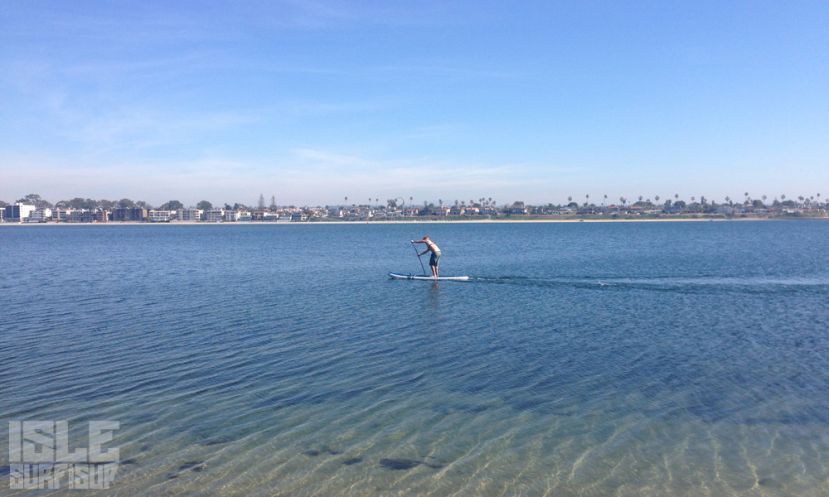Inflatable vs Hard Paddle Boards: A Speed Comparison
- Written by Austin Cox
- Published in Gear
- Comments::DISQUS_COMMENTS
SAN DIEGO, California - With the rising popularity of inflatable standup paddle boards there have been questions to how they match up against a rigid epoxy sup in terms of speed. When an inflatable SUP is fully inflated to 15 PSI there isn’t a large noticeable difference when paddling between a hard epoxy board, but, the question begs itself… when compared side by side in a measured speed test how close are they to one another, if at all? We wanted to get some accurate hard data behind this question so we tested out comparable models of our inflatable and epoxy paddle boards and this is what we found. You may be surprised!
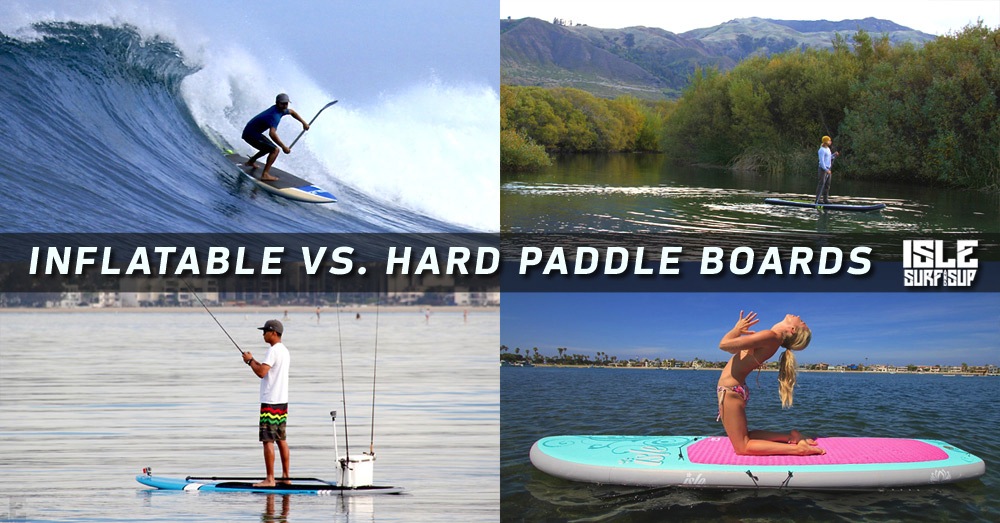
The Chosen Paddle Boards Models
For accuracy we selected Isle models similar in size and dimensions in both an inflatable and epoxy construction. Below are the match ups:
- 12’6 Inflatable Touring Vs. 12’6 Epoxy Phantom Touring
- 10’ Inflatable All around Vs. 9’10 Epoxy Glider AW
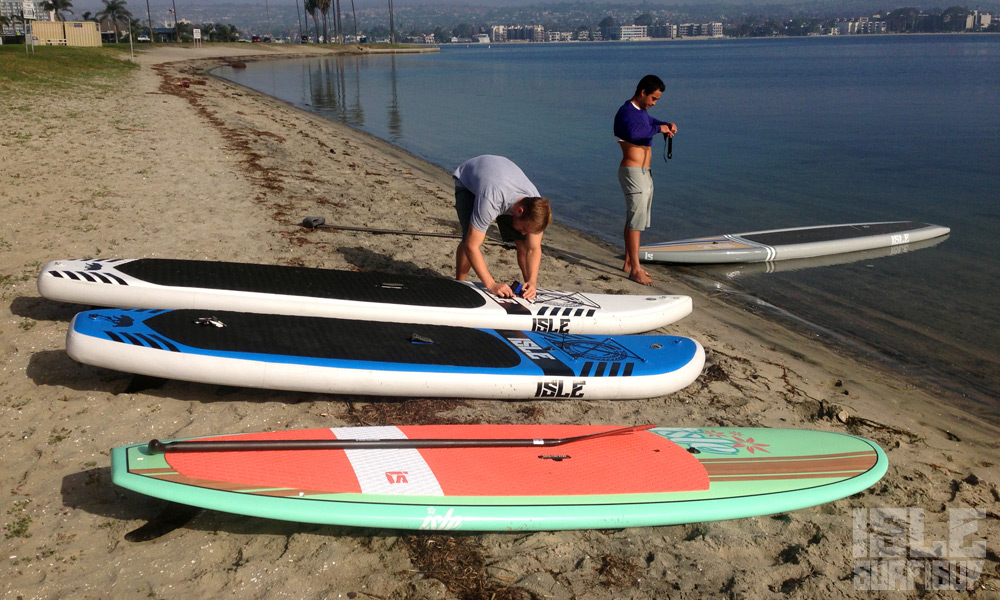
The Testing Grounds
We tested these 4 boards on a half mile flat water bay course with minimal winds and no swell. Furthermore, we tested each board at a high intensity stroke rate as well as a casual stroke rate to minimize error. The goal of this experiment was to determine just how much faster or slower each model was using averaged data and similar rider intensity on each.
The Testing Instrument
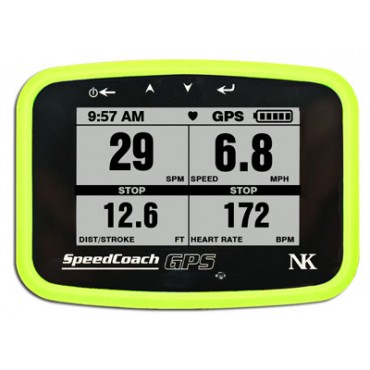 The innovative people at Nielsen-Kellerman Company who design and manufacture rugged waterproof and sport performance instruments for active lifestyles have created a device specifically for Stand Up Paddle Boarding. The NK Speed Coach is a small device that attaches to your SUP and accurately records all the essential data needed for training or to just monitor your performance in the water. As this device is very useful for individuals recording their speed, stroke rate, and distance for training we figured it would be useful in comparing different models of paddle boards for this speed test over a short distance.
The innovative people at Nielsen-Kellerman Company who design and manufacture rugged waterproof and sport performance instruments for active lifestyles have created a device specifically for Stand Up Paddle Boarding. The NK Speed Coach is a small device that attaches to your SUP and accurately records all the essential data needed for training or to just monitor your performance in the water. As this device is very useful for individuals recording their speed, stroke rate, and distance for training we figured it would be useful in comparing different models of paddle boards for this speed test over a short distance.
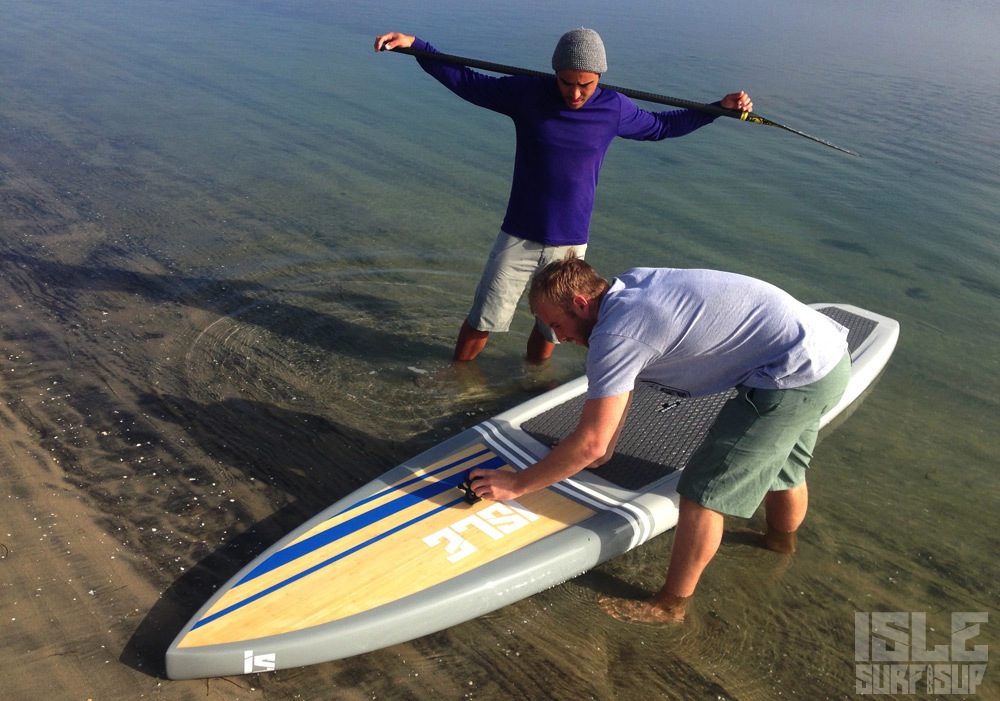
The Speed Test Between Inflatable & Hard Paddle Boards
The speed coach would record the average speed of the boards over this short course and we used the heart rate monitor and stoke counter to target a similar casual stroke rate and high intensity stoke rate over the ½ mile for each rider and board model. The NK speed coach made this easy and the riders finished up with near identical speed and stroke counts for the course and intensity levels per board type. We summarized the results in an infographic.
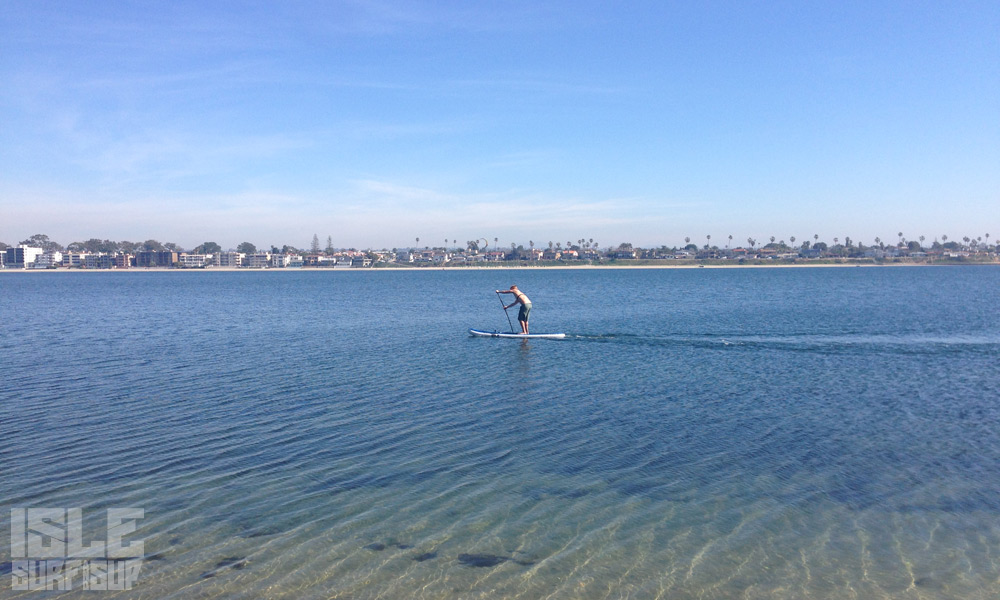
Results
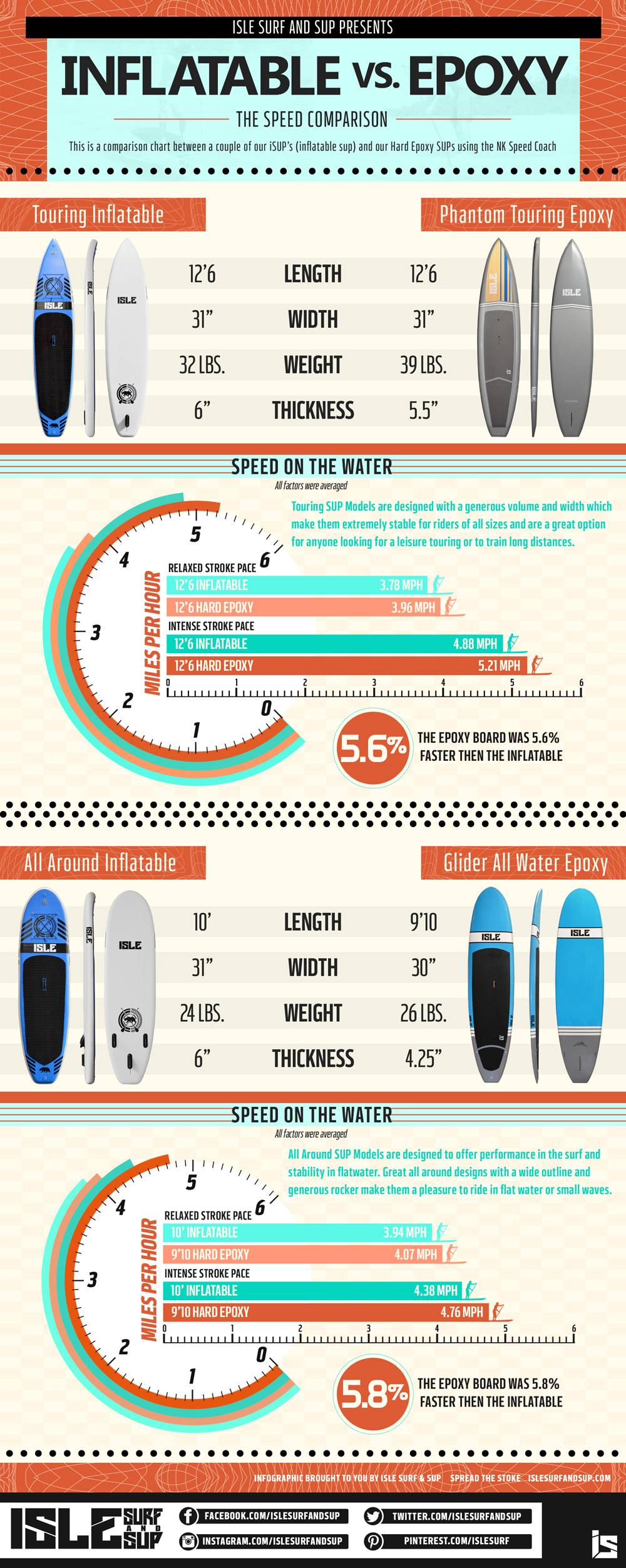
The Conclusion
It’s clear that rigid hard boards are a bit faster over short distances than even the best inflatable paddle boards but speed should never be the only consideration in board selection. From a surfing and wave riding perspective, a hard epoxy stand up paddle board will always be a better choice as the extra rigidity an epoxy board offers makes all the difference in wave riding. In addition, if you are a serious racer then you should consider a hard board for their increased speed and glide. Although, when it comes to casual paddling, yoga or touring then the inflatables are an ideal choice between the two constructions for a variety of reasons. Inflatables are easy to travel with, are typically less expensive, and can handle abuse much better. For the beginner paddler and yogi the slight give in the boards is great for reducing soreness on the feet & knees.
Overall, the speed differences between the boards are very minimal and for the leisure paddler almost negligible. At the end of the day both boards are excellent choices and each have their own advantages depending on your riding style. Feel free to call us or send an email so we can help guide you through the process of finding the right board for you!

